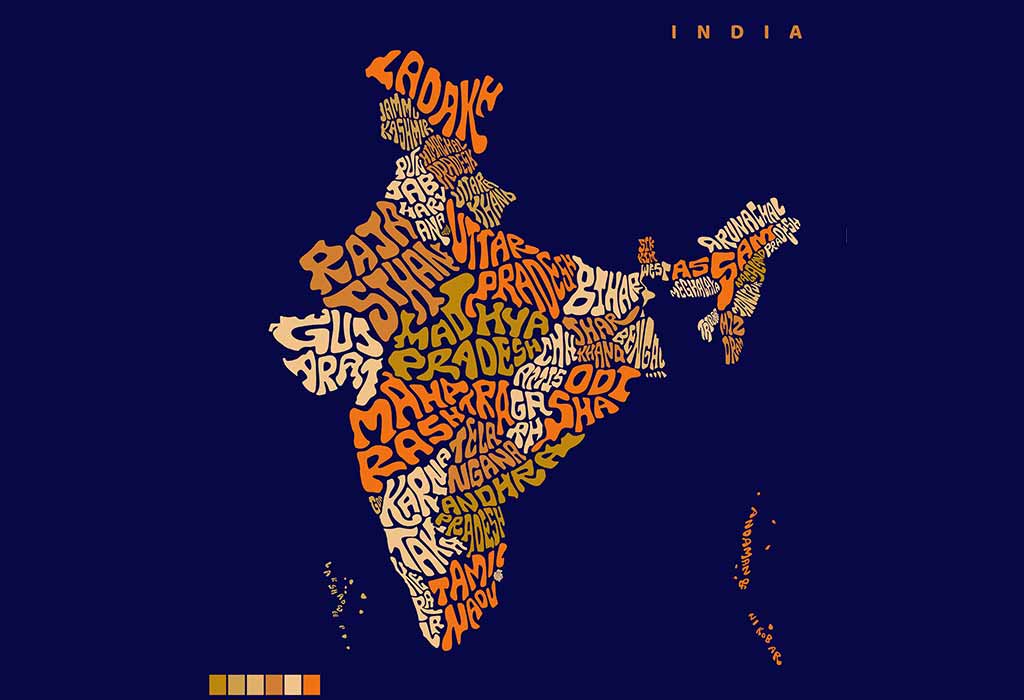From Delhi to Chennai: Exploring Major India’s State Capitals
India, with its diverse landscape and cultural heritage, is a country that comprises 28 states and 8 union territories. Each state has its capital city as the administrative and political centre. This article concentrates on prominent India state name and their respective capitals, exploring their historical significance, cultural highlights, and administrative importance.
Table of Contents
Delhi: The National Capital Territory
Delhi, the capital of India, holds a special place as it is not only a union territory but also the nation’s political epicentre. With centuries-old history, Delhi is home to iconic landmarks like the Red Fort, Qutub Minar, and Jama Masjid. The city showcases a blend of modernity and tradition, serving as the seat of power for the Indian government.
Mumbai: Maharashtra’s Megacity
Mumbai, Maharashtra’s capital, is India’s financial and entertainment hub. This bustling metropolis is home to the Bollywood film industry, making it a centre of glamour and creativity. Mumbai’s iconic landmarks include the Gateway of India, Marine Drive, and the vibrant markets of Colaba and Crawford.
Kolkata: The Cultural Capital of West Bengal
Kolkata, the cultural capital city of West Bengal, is renowned for its rich literary and artistic heritage. The city is synonymous with the works of Nobel laureate Rabindranath Tagore and is home to the prestigious Victoria Memorial and Howrah Bridge. Kolkata’s vibrant festivals, delectable cuisine, and bustling markets make it a captivating cultural destination.
Chennai: Tamil Nadu’s Gateway to South
The capital city of Tamil Nadu celebrates its classical arts, music, and dance. Known for its sprawling temples and architectural wonders, Chennai offers a glimpse into the rich cultural heritage of Tamil Nadu. Marina Beach, Kapaleeshwarar Temple, and the DakshinaChitra Museum are popular attractions in the city.

Bangalore: Karnataka’s Silicon Valley
Bangalore, the capital of Karnataka, is India’s leading IT and technology hub. Known as India’s Silicon Valley, this region is a mixed pot of cultures and is home to many multinational corporations. The pleasant climate, lush gardens and vibrant nightlife make Bangalore an attractive destination for business and leisure travellers. Indulge in the city’s thriving food scene and explore its charming cafés and breweries.
Jaipur: The Pink City of Rajasthan
Jaipur, the capital of Rajasthan, is a city that exudes royal charm and architectural splendour. With its palaces, forts, and bustling markets, Jaipur offers a glimpse into the regal history of the state. The Hawa Mahal, Amber Fort, and City Palace are must-visit attractions that showcase the city’s grandeur. Explore the vibrant bazaars and savour the flavours of Rajasthan. Immerse yourself in the rich heritage of Jaipur’s traditional craftsmanship.
Hyderabad: Telangana’s City of Pearls
Hyderabad, the capital of Telangana, is renowned for its rich heritage, delectable cuisine, and iconic landmarks. The Charminar, Golconda Fort, and Chowmahalla Palace are architectural marvels that reflect the city’s glorious past. Hyderabad’s famous biryani and the bustling markets of Laad Bazaar and Begum Bazaar are a treat for food and shopping enthusiasts. The city’s blend of tradition and modernity offers a captivating experience.
Conclusion
The India state name and their respective capitals serve as administrative hubs, cultural centres, and gateways to the diverse regions they represent. From Delhi’s political significance to Mumbai’s glamour, Kolkata’s literary heritage to Chennai’s classical arts and Bangalore’s technological prowess to Jaipur’s regal charm, each capital city offers a unique experience. Exploring these cities allows visitors to witness the rich tapestry of India’s history, culture, and governance, making them an integral part of any travel itinerary in the country.
